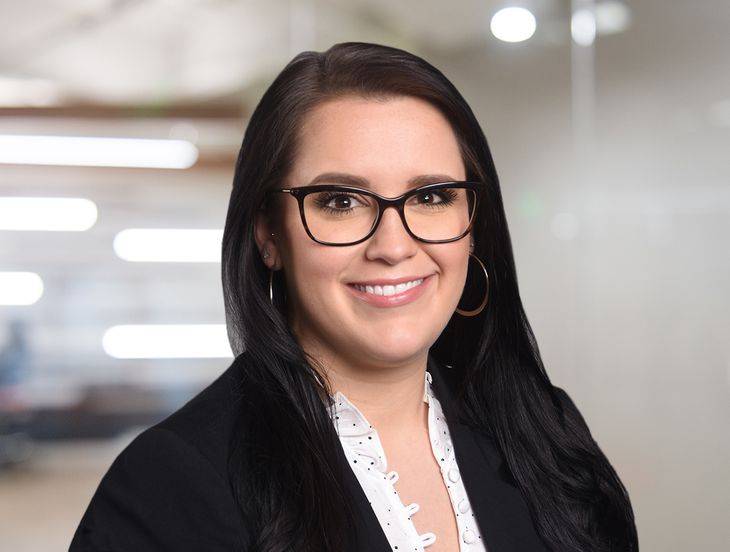Alabama’s New School Choice Program Gets Funding Boost to Meet Overwhelming Demand: 4 Considerations for Private School Leaders
Insights
6.04.25
Alabama rolled out applications for its new school choice program earlier this year, and even the lawmakers behind it were surprised by the volume of submissions from families of K-12 students. That’s why the state nearly doubled the funding for the program as part of a budget bill approved last month, further expanding students’ access to enhanced customization, flexibility, and choice towards K-12 education. But what does this mean for Alabama private schools? We’ll explain it all and provide four considerations for private school leaders in the state.
Quick Background on Alabama’s CHOOSE Act
- The CHOOSE Act, which Gov. Kay Ivey signed into law last year, creates refundable tax credits through education savings accounts (ESAs) that eligible families can use to help pay for private school tuition and other approved educational expenses for K-12 students starting with the 2025-2026 academic year.
- The program is administered by the state’s Department of Revenue (ALDOR) and was initially set to receive state funding of $100 million per year, which was estimated to support 14,000 students.
Nearly 37,000 Alabama K-12 Students Applied for an ESA Award
- Due to overwhelming demand – nearly 37,000 students applied for an ESA award by the April 7 application deadline – Ivey signed an amended state budget proposal last month that transfers an extra $80 million to the program for a total of $180 million for its first school year.
- As of May 8, the ALDOR reportedly had issued 22,857 ESA award notices, most of which were received by private school students for a total of $100 million.
- Over 230 schools have opted to participate in the program, including many religiously affiliated schools, several charter schools, and two public school districts as of this writing. For a full list, click here.
How the ESA Program Works
- ESA Amounts. For participating students enrolled in participating schools, the annual credit amount is $7,000 (or, if less, the actual cost of the qualifying educational expenses). Additionally, the program permits homeschooling families to receive up to $2,000 per student and $4,000 per family.
- Qualifying Education Expenses. Qualifying educational expenses include, among other things, tuition and fees at a participating school, textbooks, private tutoring, and fees for standardized and nationally recognized assessments, such as college admissions tests.
- Eligible Students. Eligible students include any child who lawfully resides in Alabama, is lawfully present in the United States, and is five to 19 years old (or up to 21 years old if the child has a qualifying disability). But students receiving scholarship funds or a tax credit under the Alabama Accountability Act are excluded, as are children enrolled in a private school that is not participating.
- Temporary Income Cap. For now, ESA eligibility is limited to families with adjusted gross incomes below 300% of the federal poverty level, which includes roughly 75% of Alabama families. While the income cap expires in 2027, household income will remain a factor for prioritization purposes (as discussed in the next bullet point).
- Prioritization. The ALDOR must reserve the first 500 ESA tax credits for eligible special-needs students. Priority is then given to participating students and their siblings, next to participating students who are dependents of active duty service members enrolled in or assigned to a priority school, and then based on the family’s adjusted gross income.
4 Considerations for Private School Leaders
1. Increased Enrollment Trends
Given that CHOOSE Act funding covers nearly 75% of Alabama families, Alabama private schools have access to a larger pool of applicants than ever before. Could your school benefit from these increased enrollment trends? If so, is your school prepared to meet the needs of additional student enrollment? Consider whether you’ll need to hire more faculty members or build new classrooms.
2. Application Process
Any school that wishes to participate in the program must complete a CHOOSE Act Alabama Education Service Provider Application. Private school submissions must include, among other things, documentation verifying accreditation status and financial stability. Note that any information provided on the application will be made available to the public.
Upon completion of the application, schools will be notified of the ALDOR’s decision within 14 days. The application is available year-round.
3. Participating School Conditions
Participating schools must meet certain requirements, including, for example, submitting annual reports to the ALDOR and completing annual standardized testing for participating students (potentially in addition to meeting your accrediting agency’s annual assessment or standardized testing requirements, if applicable). Participating schools also must register with ClassWallet and process ESA payments from participating families through this platform. You can read more about the full set of requirements here and here (ALDOR materials).
4. No Impact on Curriculum – At Least for Now
Currently, the CHOOSE Act does not interfere with your school’s ability to choose its curriculum. The state tax credits are funded by the State Treasury. The state law gives educational service providers that accept program funds the “maximum freedom possible to provide for the educational needs of students, consistent with state and federal law.”
Moreover, the CHOOSE Act provides that none of its provisions shall be construed to deprive or diminish the protections for nonpublic schools, “including nonpublic schools with a religious affiliation.” Educational service providers that have been approved for CHOOSE Act funding include schools from various religious backgrounds that include religious instruction as part of their curriculum.
However, your school should be aware that the law is subject to amendment and such obligations are subject to change. Accepting such funding may obligate your school to additional requirements in the future.
Conclusion
Please consult your Fisher Phillips attorney, the authors of this Insight, any attorney on our Education Team, or any attorney in our Birmingham office to obtain practical advice and guidance on how to navigate changes in Alabama school funding. Please also make sure you are subscribed to Fisher Phillips’ Insight System to get the most up-to-date information.
Related People
-
- Preston L. Buchanan
- Associate
-
- Jennifer B. Carroll
- Partner, Co-chair K-12 Institutions
-
- Marilyn Higdon
- Associate


